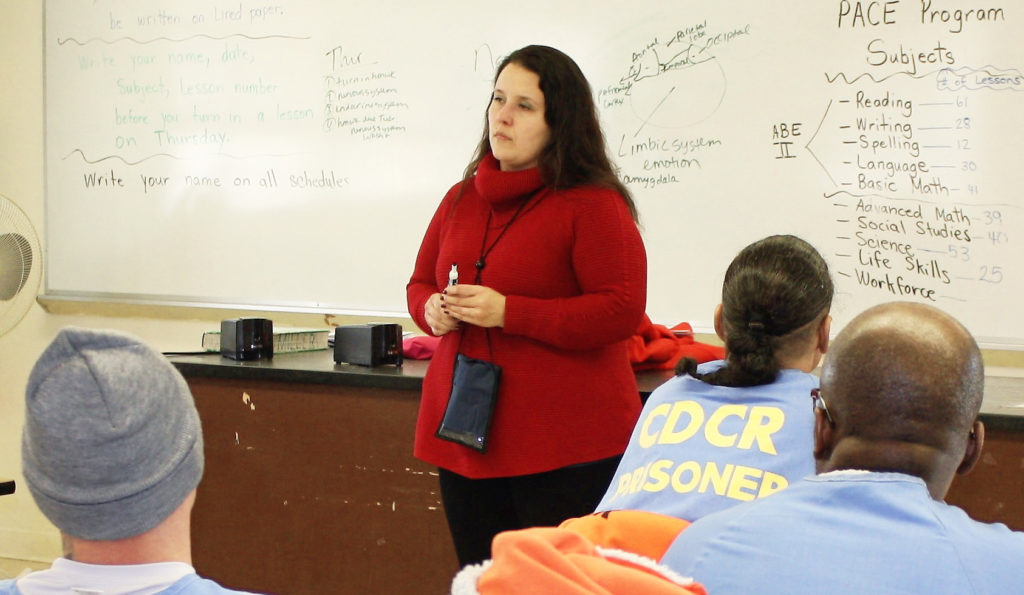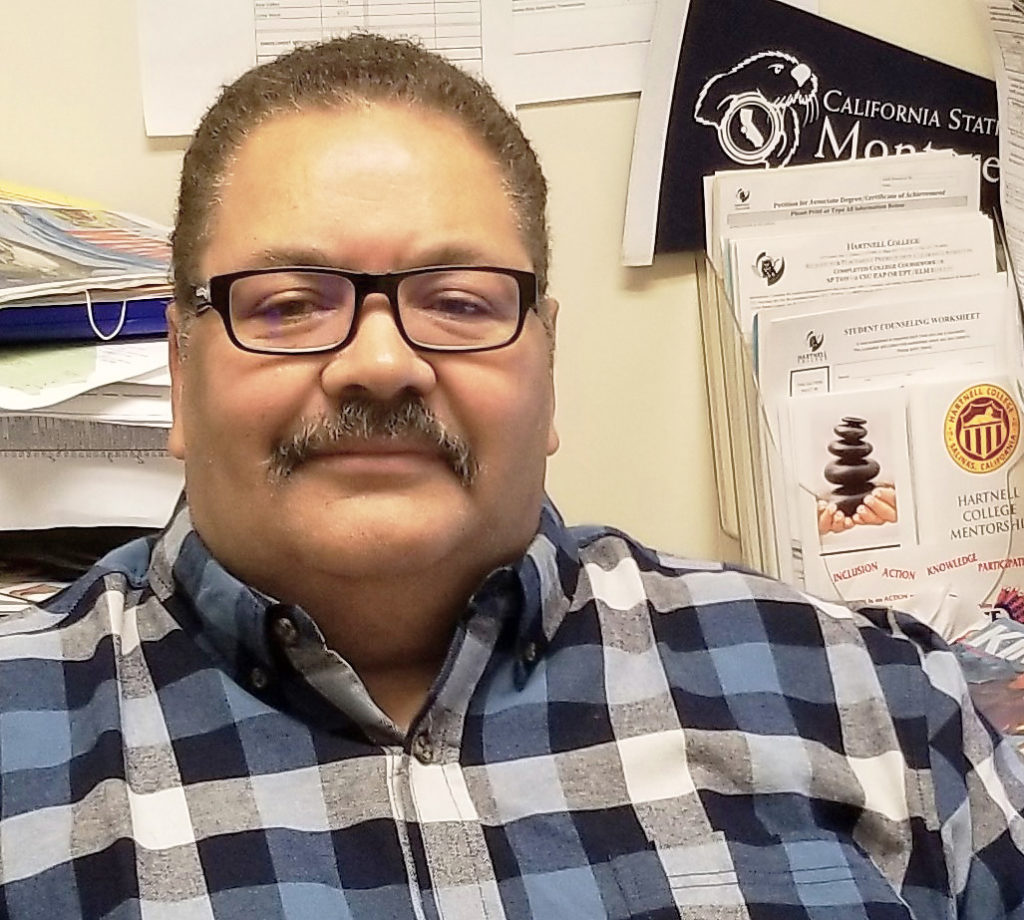The CCA Inmate Education Task Force started last spring when
it became clear that many colleges had no contract language addressing the working
conditions of faculty who teach in prison programs.
“Our charge was to develop model contract language for local
chapters to negotiate if their college participates in an inmate education program,”
says CCA Board member and task force chair Patrick Mitchell. The 15-member task
force, representing colleges from across the state, produced model contract language
and provides resources and other support.

“The No. 1 item in our model contract language states that
teaching in a prison program must be voluntary. Faculty should not be assigned to
teach in these programs unless they want to be,” says Mitchell. “Having said that,
I’m told that the classes in the prisons are among the best classes some of my colleagues
have taught. So we want to ensure that as inmate education programs become larger
and more common, and more faculty begin to teach in them, those faculty have fair
working conditions.”
Negotiators have found the model contract language ambitious
but extremely fair, he adds. “We need to ensure that faculty are being fairly compensated
for their extra time and expenses in teaching these classes.”
Extra time, says the Merced College Faculty Association member,
means the time it takes to get in and out of the prison and to complete the requirements
for working in the program and preparing the classes. There are also extra expenses
incurred with travel, fingerprinting, and biannual TB tests.
This is important for college faculty who believe inmates
need an education if they’re going to earn their second chance — faculty such as
Melissa Bowen, who teaches psychology at California Correctional Institution in
Tehachapi and California City Correctional Facility, and Tony Anderson, who taught
student success classes at Salinas Valley State Prison in Soledad.
“I cannot express how much of an impact it has made on my
teaching and my career,” says Bowen, whose courses include lifespan development,
research methods, and abnormal and physiological psychology classes for the Kern
Community College District CCA chapter.
“I had a student who had been in prison for 31 years and was
released. Without college, he would not have had the skills necessary to make a
life for himself,” she says. “I had another student tell me that college classes
are the only place where he is not labeled as a drug dealer, gang member or inmate,
and that he now identifies as a student-athlete.”

“People who make mistakes deserve a second chance,” says Anderson.
“As faculty, we want to educate them, but at the same time we must be in a respectful
environment where students can learn and faculty are in a safe environment to teach.
There were times I didn’t feel safe. When you go inside, you go in at your own risk.”
Prison officials gave him a beeper with a personal alarm button. “It takes seven
to 15 seconds for security to get to you, but in that time, you could be dead,”
he says.
That’s why teaching should be voluntary, Anderson notes. “Often,
probationary faculty didn’t know they could say no. Faculty have a right to say
no. Teaching in a prison is not for everyone.”
Bowen says her students are well-behaved, respectful and disciplined.
“They consistently score better on assignments, tests and end-of-term grades than
my traditional students,” she notes, while admitting that teaching in the prison
requires thinking on your feet and being prepared for change.
“I was the first college professor to teach at CCI-Tehachapi,
and that required learning the ropes quickly to provide the best instruction to
my students. One of the biggest challenges requiring adaptation is when the prison
is shut down for any incident, such as fighting or inclement weather.” Inmates are
not released from their cells if the weather is too severe. “Lesson plans have to
be adapted, schedules revised” on a moment’s notice.

Time is a barrier when it comes to travel, lockdowns, and
time for students to work on projects, says Anderson. He was away from campus for
half a day, three times a week, to teach one class. It was a 30-minute drive one
way, and it took up to 45 minutes to get through security, entering and leaving
the prison.
Anderson was rarely notified of lockdown days. “So I made
the 30-mile drive to prison from Hartnell College, and I can’t teach. That happened
three weeks in a row. We have to make those days up so students get their hours
and get credit. But then, whose financial responsibility is it when you’ve driven
there to provide a service and are locked out? You should still get paid for the
trip. Issues like these must be taken into account.”
Internet access is not allowed at all prison facilities, and
computers are not allowed in some institutions, Anderson notes. “Students can’t
always do searches online, so be prepared to teach like it’s the 1960s or 1970s.”
Since there are no office hours, he provided extra time for students to get work
done during class.
Bowen says she appreciates the networking opportunities the
task force affords. “It is great to hear what other people are experiencing throughout
the state and to get fresh ideas about how to handle difficult situations, such
as how to incorporate technology into prison classrooms.”
“The task force and the union have been instrumental in advocating
for college professors in the prison,” adds Bowen. “There is now a stipend provided
for teaching in the prison as well as mileage reimbursement, thanks to the work
of our union.”
The Discussion 0 comments Post a Comment